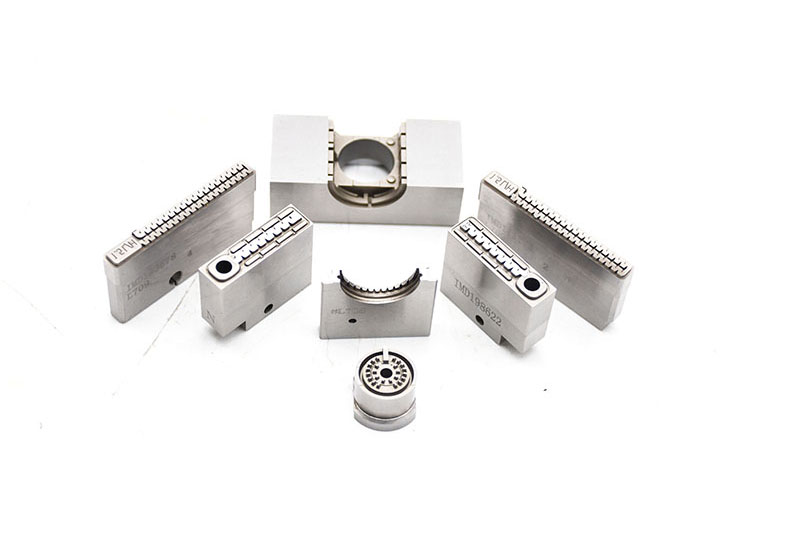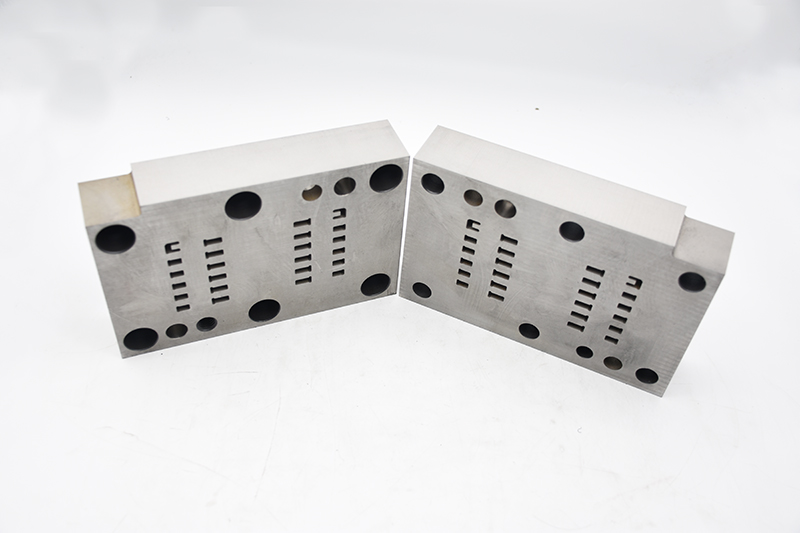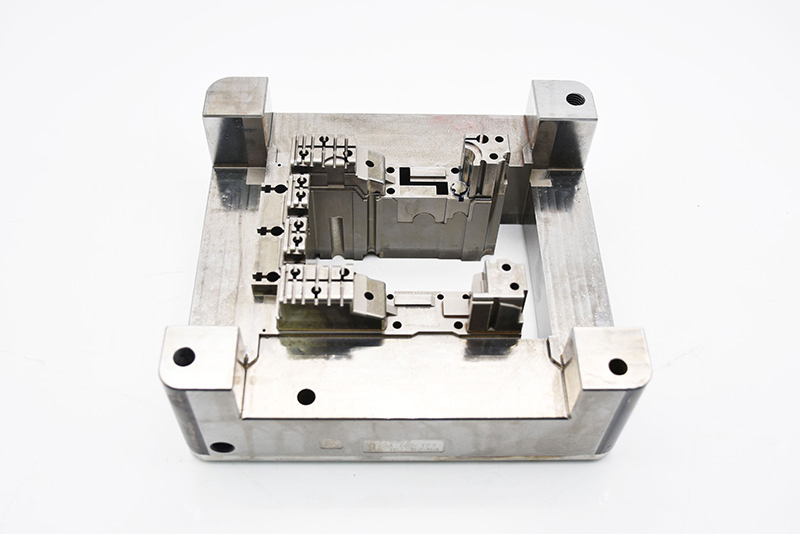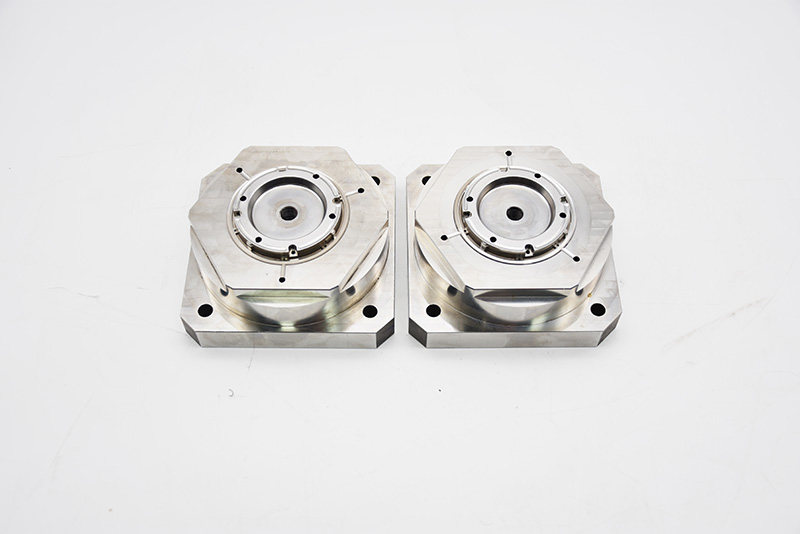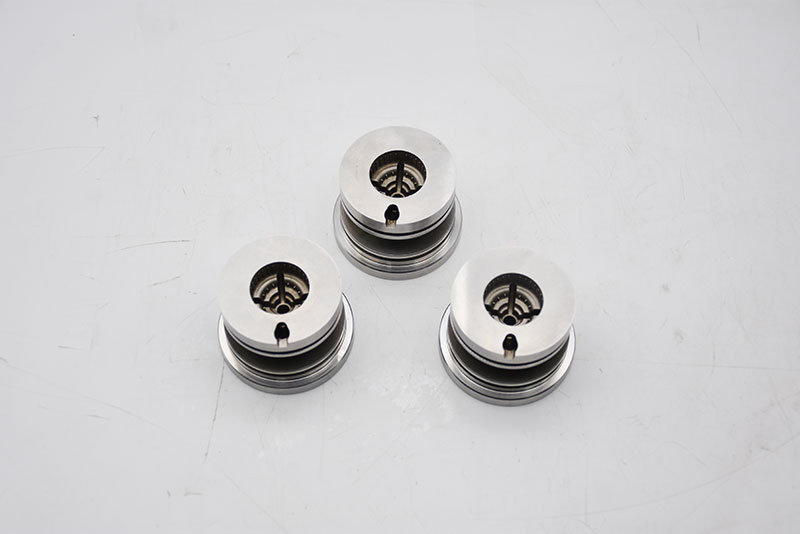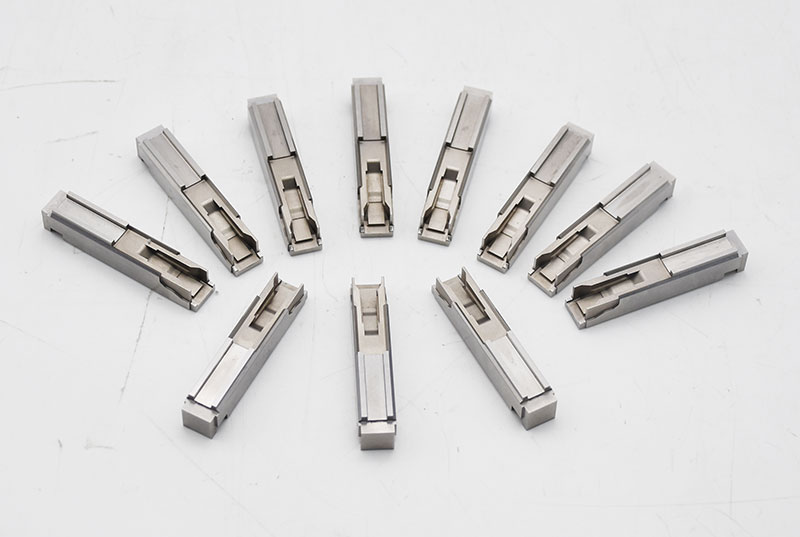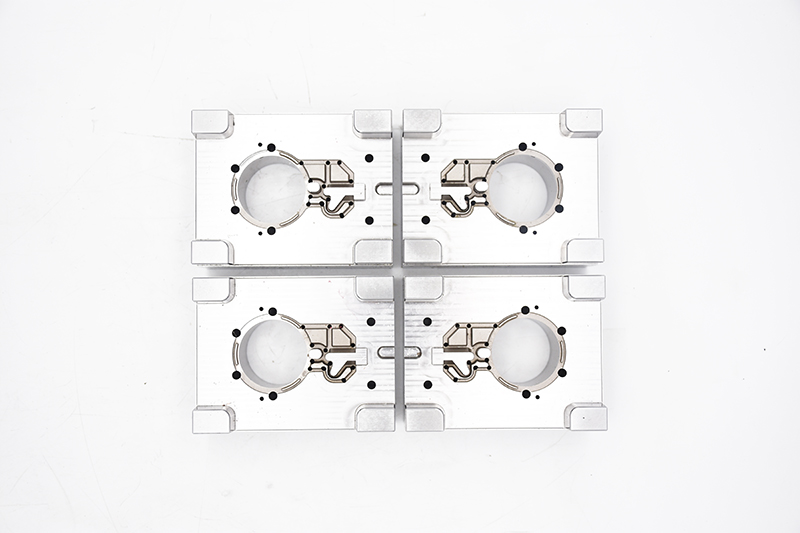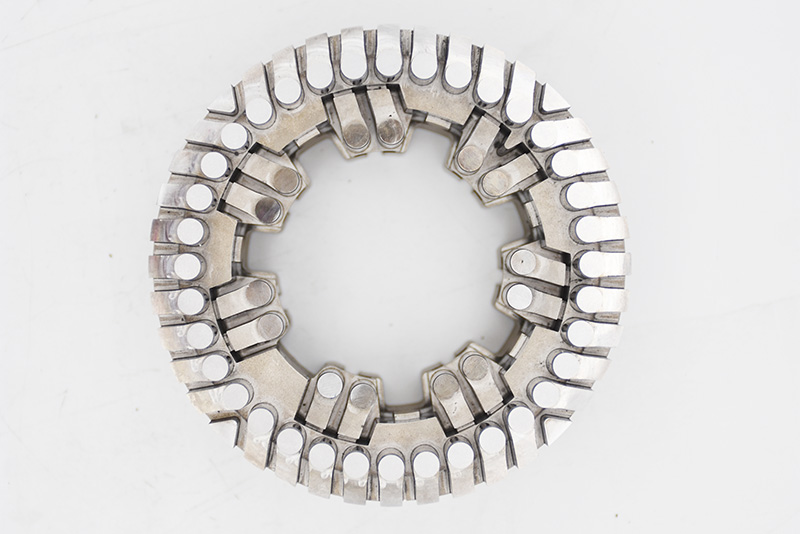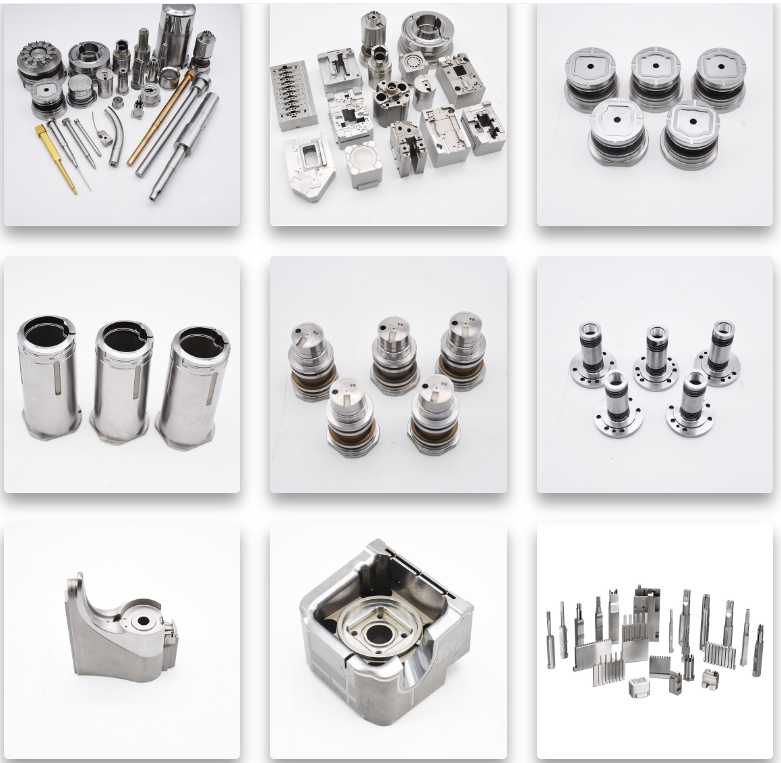
- 2024-03-14
- 646
- 5 Comments
These methods of mold finishing not only ensure accuracy, but also extend the life of the mold
In most domestic mold manufacturing companies, the methods used in the finishing stage are generally grinding, electrical machining and benchwork. At this stage, it is necessary to control many technical parameters such as part deformation, internal stress, shape tolerance and dimensional accuracy. In specific production practice, the operation is more difficult, but there are still many effective empirical methods worth learning from.
Process control of mold finishing
A general guiding idea for the processing of mold parts is to adapt the processing to different materials, different shapes, and different technical requirements. It has a certain degree of plasticity and can achieve good processing results by controlling the processing.

According to the appearance and shape of the parts, the parts can be roughly divided into three categories: shafts, plates and special-shaped parts. The common process is roughly: rough machining - heat treatment (quenching, tempering) - fine grinding - electrolysis Processing - fitter (surface treatment) - assembly processing.
1 parts heat treatment
The heat treatment process of parts not only allows the parts to obtain the required hardness, but also controls the internal stress to ensure the dimensional stability of the parts during processing. Different materials have different treatment methods. With the development of the mold industry in recent years, the types of materials used have increased. In addition to Cr12, 40Cr, Cr12MoV, and cemented carbide, new material powder alloy steel can be used for some convex and concave molds with high working intensity and severe stress. , such as V10, ASP23, etc., such materials have high thermal stability and good organizational status.
For parts made of Cr12MoV, they should be quenched after rough machining. After quenching, the workpiece will have a lot of residual stress, which can easily lead to finishing or cracking during work. After quenching, the parts should be tempered while hot to eliminate the quenching stress. The quenching temperature is controlled at 900-1020℃, then cooled to 200-220℃, air-cooled, and then quickly returned to the furnace for tempering at 220℃. This method is called a primary hardening process, which can obtain higher strength and wear resistance. For wear-related problems Molds with the main failure mode have better results. When encountering some workpieces with many corners and complex shapes during production, tempering is not enough to eliminate the quenching stress. Stress relief annealing or multiple aging treatments are required before finishing to fully release the stress.
For powder alloy steel parts such as V10 and APS23, because they can withstand high-temperature tempering, a secondary hardening process can be used during quenching, quenching at 1050-1080°C, and then tempering at 490-520°C for multiple times to obtain a better result. High impact toughness and stability, very suitable for molds where chipping is the main failure mode. The cost of powder alloy steel is higher, but its performance is good, and it is forming a trend of widespread use.
2. Grinding of parts
There are three main types of machine tools used in grinding: surface grinders, internal and external cylindrical grinders and tool grinding tools. During finishing grinding, the occurrence of grinding deformation and grinding cracks must be strictly controlled. Even very small cracks will appear during subsequent processing and use. Therefore, the feed for fine grinding should be small but not large, the coolant should be sufficient, and parts with a dimensional tolerance within 0.01mm should be ground at a constant temperature as much as possible. It can be seen from the calculation that for a 300mm long steel piece, when the temperature difference is 3℃, the material will change by about 10.8μm, 10.8=1.2×3×3 (deformation per 100mm is 1.2μm/℃), each finishing process needs to fully consider this The influence of one factor.
It is very important to choose the appropriate grinding wheel when fine grinding. For the high vanadium and high molybdenum conditions of mold steel, it is more suitable to choose GD single crystal corundum grinding wheel. When processing cemented carbide and materials with high quenching hardness, organic bonding is preferred. The organic bonded diamond grinding wheel has good self-sharpening properties, and the roughness of the ground workpiece can reach Ra=0.2μm. In recent years, with the application of new materials, CBN grinding wheels, also known as cubic boron nitride grinding wheels, have shown Very good processing effect. It can be used for finishing on CNC forming grinders, coordinate grinders, and CNC internal and external cylindrical grinders. The effect is better than other types of grinding wheels. During the grinding process, pay attention to dressing the grinding wheel in time to keep the grinding wheel sharp. When the grinding wheel is passivated, it will rub and squeeze on the surface of the workpiece, causing burns on the surface of the workpiece and reduced strength. Most plate parts are processed using surface grinders. During processing, long and thin sheet parts are often encountered, and the processing of such parts is difficult. Because during processing, under the adsorption of magnetic force, the workpiece deforms and sticks to the surface of the workbench (see Figure 1). When the workpiece is removed, the workpiece will undergo recovery deformation. The thickness measurement is consistent, but the parallelism is not achieved. According to the requirements, the solution can be to use the magnetic isolation grinding method (see Figure 2). During grinding, a equal height block is placed under the workpiece, and blocks on all sides are used to block it. During processing, small feed and multi-light knife are used. After processing one side, you can There is no need to place equal height blocks and direct adsorption processing can improve the grinding effect and achieve parallelism requirements.
Shaft parts have rotating surfaces, and internal and external cylindrical grinders and tool grinders are widely used for their processing. During the processing, the headstock and the tip are equivalent to the busbar. If there is a runout problem, the processed workpiece will also have this problem, which will affect the quality of the part. Therefore, the headstock and the tip must be inspected before processing. When performing inner hole grinding, the coolant should be fully poured into the grinding contact position to facilitate smooth discharge of grinding. When processing thin-walled shaft parts, it is best to use a clamping process table. The clamping force should not be too large, otherwise "inner triangle" deformation will easily occur on the circumference of the workpiece.
3 Electrical machining control
Modern mold factories are indispensable for electrical machining. Electric machining can process all kinds of special-shaped and high-hardness parts. It is divided into two types: wire cutting and EDM.
The processing accuracy of slow wire cutting can reach ±0.003mm, and the roughness Ra=0.2μm. When starting processing, you must first check the condition of the machine tool, check the deionization degree of the water, water temperature, verticality of the wire, tension and other factors to ensure good processing status. Wire cutting is the removal of a whole piece of material. It destroys the original stress balance of the workpiece and can easily cause stress concentration, especially at the corners. Therefore, when R < 0.2 (especially sharp corners), the workpiece should be The design department makes suggestions for improvements. To deal with stress concentration during processing, the principle of vector translation can be used. Before finishing, leave a margin of about 1mm, pre-process the rough shape, and then perform heat treatment to release the processing stress before finishing to ensure thermal stability.
When processing the punch, the wire cutting position and path selection must be carefully considered. As shown in Figure 3, the left end of the workpiece is clamped. It is better to choose route ① than route ② during processing, because route ① is closely connected to the clamping part of the workpiece and the material, and the processing is stable. If route ② is adopted, after the first feed, the workpiece will In the shape of a cantilevered wall, the force is poor, which affects subsequent processing. Route ③, using drilling and threading processing, has the best effect. High-precision wire cutting processing, usually four cutting passes, can ensure the quality of the parts. When processing a concave mold with a taper, as shown in Figure 4, in the spirit of speed and efficiency, the straight edge is roughed in the first pass, the taper is processed in the second pass, and then the straight edge is finished, so that there is no need to carry out the X-section vertical direction. Finishing, only finishing the straight edge of the cutting edge section, saves time and cost.
Electric discharge machining must first make electrodes, which are divided into coarse and fine electrodes. Finishing electrodes require good shape compliance and are best processed with CNC machine tools. In terms of electrode material selection, copper electrodes are mainly used for general steel processing. Cu-W alloy electrode has good overall performance, especially the consumption during processing is significantly smaller than that of copper. With sufficient flushing fluid, it is very suitable for processing difficult-to-machine materials and finishing parts with complex cross-section shapes. Ag-W alloy electrode has better performance than Cu-W alloy electrode, but its price is high and resources are scarce, so it is generally less used. When making electrodes, it is necessary to calculate the amount of electrode gap and the number of electrodes. When performing large-area or heavy electrode processing, the workpiece and electrode must be firmly clamped to ensure sufficient strength and prevent loosening during processing. When performing deep step processing, attention must be paid to the wear and tear of the electrodes and arc discharge caused by poor drainage.
4Surface treatment and assembly
Knife marks and grinding marks left on the surface of parts during processing are places where stress is concentrated and the source of crack expansion. Therefore, after the processing is completed, the surface of the parts needs to be strengthened and polished by benchwork to deal with the hidden dangers of processing. Blunt and R-shape some edges, sharp angles and openings of the workpiece. Generally, the electrically machined surface will produce a modified hardened layer of about 6-10 μm, which is off-white in color. The hardened layer is brittle and contains residual stress. The hardened layer must be fully eliminated before use. The method is surface polishing and grinding to remove the hardened layer.
During the grinding and electrical machining processes, the workpiece will be magnetized to a certain extent and has weak magnetic force, which is very easy to attract some small objects. Therefore, before assembly, the workpiece must be demagnetized and the surface cleaned with ethyl acetate. During the assembly process, first refer to the assembly drawing to find all the parts, then list the order of equipment between the parts, list the matters that should be paid attention to, and then start assembling the mold. Generally, the guide posts and guide bushings are installed first, and then the mold is installed. frame and convex and concave molds, and then assemble and adjust the gaps, especially the gaps between the convex and concave molds. After the assembly is completed, the mold inspection must be carried out and an overall situation report written. For the problems found, reverse thinking can be used, that is, from the back process to the forward process, from fine machining to rough machining, and check one by one until the crux is found and the problem is solved.
Practice has proven that good finishing process control can effectively reduce parts out-of-tolerance and scrapping, and effectively improve the first-time success rate and service life of the mold.
Related Posts
- Precision Irrigation mold cavity and spare parts
- zefu-mold
- 708

